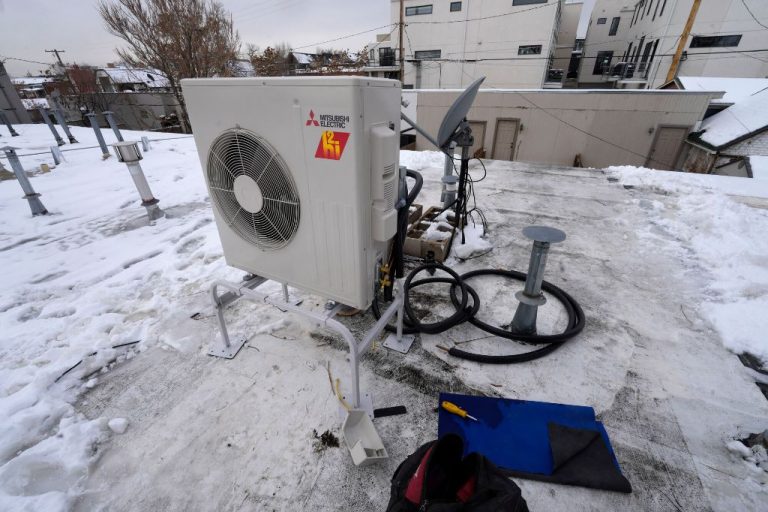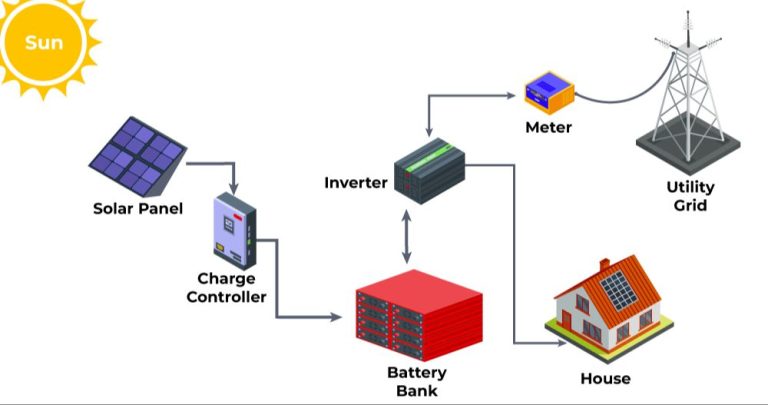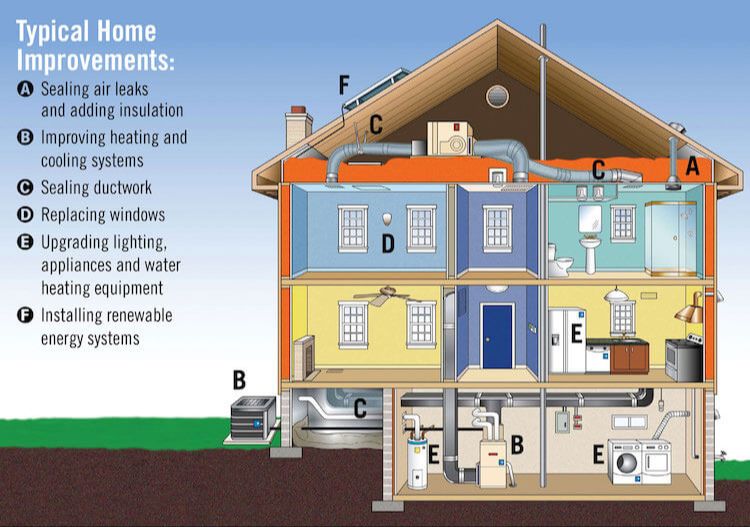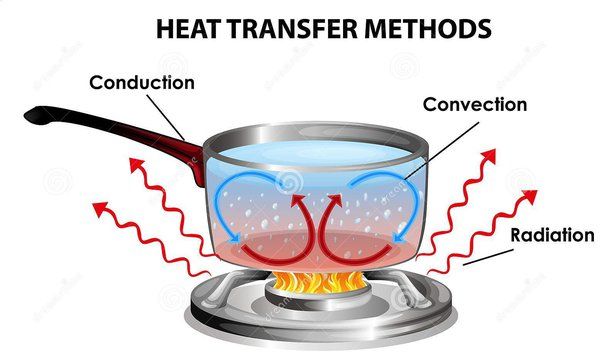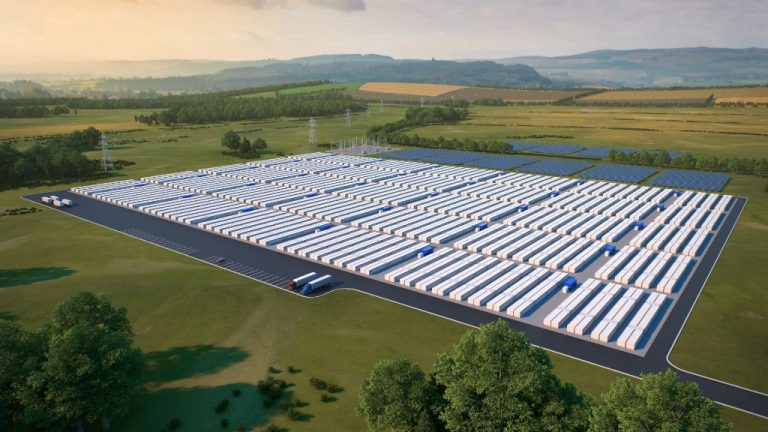What Is The Relationship Between Energy Consumption And Sustainability?
Sustainability refers to meeting present needs without compromising the ability of future generations to meet their needs. It involves balancing environmental, economic, and social concerns. Energy consumption is the use of energy such as electricity, fuel, and heat. There is an important relationship between energy consumption and sustainability.
Understanding this relationship is critical, as energy consumption has major impacts on the environment and society. How we produce and consume energy affects greenhouse gas emissions, pollution, resource depletion, and energy security. As the world’s population and economies grow, energy demand is rising. This increases pressure on the planet and poses risks if energy consumption is not managed sustainably.
This article will examine trends in energy consumption, the impacts of different energy sources, opportunities for efficiency and conservation, individual behaviors, business strategies, and policy approaches. By exploring the connection between energy use and sustainability, we can understand challenges and solutions for meeting present and future energy needs in a sustainable manner.
Energy Consumption Trends
Global energy consumption has increased substantially over the past few decades. According to a report by Chepkorir Sharon, total global energy consumption has risen over 50% since 1990, from about 7,000 million tonnes oil equivalent (Mtoe) to 10,900 Mtoe in 2020 [1]. The growth in energy consumption has largely been driven by developing countries, especially those in Asia. Between 2000 and 2018, developing countries accounted for 90% of the growth in global primary energy consumption [2].
On a per capita basis, energy consumption in developed OECD countries has remained relatively flat over the past few decades. However, per capita energy use in non-OECD developing countries has increased rapidly, rising by 80% between 1990 and 2020. In 2020, per capita energy use in non-OECD countries was still only about one-third of the level in OECD countries.
In terms of energy sources, fossil fuels like oil, coal, and natural gas still account for around 80% of total global energy consumption. However, the share of renewables has been increasing, reaching nearly 15% of global final energy consumption in 2020, driven largely by greater use of wind and solar power.
Impacts of Energy Consumption
Energy consumption, especially from fossil fuels, has major environmental impacts. Burning fossil fuels like coal, oil and natural gas for electricity, heat, and transportation produces large amounts of greenhouse gas emissions, like carbon dioxide and methane, that contribute to climate change (https://www.epa.gov/energy/learn-about-energy-and-its-impact-environment). In 2018, the emissions from fossil fuel combustion accounted for over 75% of total global greenhouse gas emissions (https://www.eea.europa.eu/help/glossary/eea-glossary/environmental-impact-of-energy). These emissions cause global warming and lead to rising sea levels, melting glaciers, more extreme weather, and damage to ecosystems.
Fossil fuel energy also creates air pollution in the form of particulate matter, nitrogen oxides, sulfur dioxide, and other toxins. This leads to smog, acid rain, and negative health effects like asthma and respiratory illness. Extracting and transporting coal, oil and gas can also pollute land and waterways, and disrupt natural habitats.
Reliance on imported fossil fuels for energy can create geopolitical challenges as countries vie for access and control over limited resources. Major importing regions like Europe and Asia rely heavily on exports from the Middle East, Russia, and other areas. This dependence strains diplomatic relations and makes countries vulnerable to price shocks and supply disruptions. On the other hand, economies centered on fossil fuel exports, like Saudi Arabia, Russia and Venezuela, suffer when the global market changes.
Transitioning to renewable energy sources like solar, wind, and hydropower could mitigate many of these environmental, geopolitical and economic risks associated with fossil fuels. But it requires overcoming technological, infrastructure, and social barriers first. Nonetheless, reducing overall energy consumption through efficiency and conservation remains one of the most effective sustainability strategies.
Sustainable Energy Sources
Renewable energy comes from naturally replenishing sources like sunlight, wind, water, plants, and geothermal heat. According to the UN, some common renewable energy sources include:
- Solar power – Converts energy from the sun into electricity or heat
- Wind power – Converts kinetic energy from wind into electricity
- Hydropower – Converts energy from flowing water into electricity
- Geothermal power – Converts heat from under the earth’s surface into electricity
- Bioenergy – Converts plant and animal matter into fuel, heat, and electricity
Biofuels like ethanol and biodiesel are made from crops and agricultural waste and can be used to power vehicles. Other renewables like tidal power and wave power generate electricity from ocean currents.
To address the intermittent nature of sources like solar and wind, energy storage technologies like batteries and pumped hydro storage allow excess renewable energy to be stored for later use. Smart grid technologies also help manage renewable generation and energy distribution more efficiently (https://www.energy.gov/eere/renewable-energy).
Energy Efficiency
Improving end-use energy efficiency is a key strategy for reducing energy consumption. There are many technologies and systems available that can significantly reduce the amount of energy needed in buildings, transportation, and industry without sacrificing services, comfort, or production. Some examples include:
- Green building design principles like passive solar heating and natural ventilation
- High efficiency appliances like refrigerators, washing machines, and air conditioners
- High-performance lighting like LED bulbs and advanced lighting controls
- Smart thermostats and building automation systems that optimize HVAC usage
- Efficient windows with low-emissivity coatings to reduce heat loss/gain
- Turning things off when not in use and changing settings to use less energy
These and other technologies are discussed in detail by the U.S. Department of Energy and USAID. Studies by the World Energy Council have shown that energy efficiency improvements could reduce global energy demand by 40-60% over the next several decades.
Implementing these technologies along with behavior change allows buildings, transportation systems, industries and appliances to provide the same or better levels of service while greatly reducing energy inputs. This is a critical strategy for reducing the environmental impacts of energy production and use.
Individual Behaviors
Individuals can significantly reduce their energy consumption through changes in habits, transportation, diet, and purchasing decisions. Simple everyday actions like turning off lights, adjusting the thermostat, and unplugging devices can cut electricity use (Reducing Electricity Use and Costs). Choosing public transit, biking, walking, carpooling, and reducing flights slashes transportation emissions. Shifting towards plant-based diets reduces energy inputs for meat production. When buying appliances, electronics, vehicles, and building materials, selecting energy efficient and sustainably produced options curbs energy demand. Weatherization, efficient lighting, smart thermostats, and renewables like solar panels also minimize consumption. With conscious lifestyle changes and informed purchases, individuals can dramatically shrink their energy footprints.
Policy Approaches
Governments at the national, state, and local levels can implement policies and programs to reduce energy consumption and incentivize efficiency. Some key policy tools include:
Emissions trading schemes, like cap-and-trade programs, put a limit on overall greenhouse gas emissions and allow companies to buy and sell emission allowances on a carbon market. This provides a financial incentive to reduce emissions.
Carbon pricing through carbon taxes or fees directly puts a price on carbon emissions to encourage polluters to reduce emissions. The higher the carbon price, the greater the incentive to shift to cleaner sources of energy.
Regulations can set specific limits or standards for energy efficiency in buildings, appliances, vehicles, and industrial processes. Examples include fuel economy standards for vehicles and energy codes for buildings.
Financial incentives like tax credits, rebates, and low-interest loans can be offered for renewable energy generation, energy efficiency upgrades, and purchases of efficient products. This reduces the upfront costs for consumers and businesses.
Information programs, labeling schemes, and reporting requirements help provide transparency on energy usage. This allows consumers to make more informed choices.
Business Strategies
Companies can take several approaches to reducing their energy consumption and increasing sustainability. Some key strategies include:
Improving energy efficiency by upgrading equipment, insulation, lighting, HVAC systems, etc. Simple changes like switching to LED bulbs can significantly cut electricity usage.
Procuring renewable energy through on-site generation like solar panels or purchasing renewable energy credits. Many businesses are committing to 100% renewable energy to reduce their carbon footprints.
Conducting life cycle assessments to understand the environmental impacts of products and services. This allows companies to identify hotspots for improvement across their supply chains.
Engaging employees through education and incentives to adopt sustainable practices. Simple behavior changes can lead to substantial energy savings.
Setting public goals for emissions reductions, energy efficiency, renewable energy adoption, etc. to hold themselves accountable.
Partnering with energy service companies to finance and implement facility upgrades that improve efficiency.
Investing in clean technologies like electric vehicles, smart meters, microgrids, etc. to transition operations to more sustainable systems.
There are numerous political, economic, and social challenges to reducing energy consumption and transitioning to sustainability. Some key barriers include:
Political Challenges
– Entrenched fossil fuel interests lobby governments to maintain the status quo and resist policies that would reduce fossil fuel dependence (Overcoming Barriers to Renewable Energy, 2023).
– Energy policy is often fragmented across government departments, lacking coordination and clear leadership on sustainability (Breaking Down Barriers to Clean Energy Transition, 2023).
– Governments provide large subsidies for fossil fuels, which discourages renewable energy investment (World Bank, 2023).
Economic Challenges
– Renewable energy has high upfront capital costs, even though lifetime costs can be lower than fossil fuels (UCSUSA, 2014).
– Utilities and consumers are slow to adopt new technologies and business models suited for renewables.
– Cheap, abundant fossil fuels make it hard for renewables to compete on price without subsidies or carbon pricing.
Social Challenges
– The public lacks awareness and education on energy issues and sustainability solutions.
– People resist changing energy consumption habits and adopting new technologies.
– Marginalized communities may lack access to renewable energy options.
Overcoming these political, economic, and social barriers requires coordinated efforts by policymakers, businesses, and civil society to transition our energy systems to sustainable models.
Conclusion
In summary, energy consumption and sustainability have a complex but critical relationship. Current trends show rising energy demand globally, with troubling implications for climate change, pollution, and resource depletion. Yet solutions exist through clean energy, efficiency, conservation, and thoughtful policies. Individuals can reduce their energy use, while governments and businesses spearhead larger-scale initiatives. Despite challenges, a transition to more sustainable energy is within reach through innovation, investment, and a shared commitment. The coming decades will prove decisive in mitigating environmental damage. With diligence and collaboration, a bright future is possible – one where prosperity accompanies stewardship of our planet. The path forward requires effort, but the rewards will be immense.

